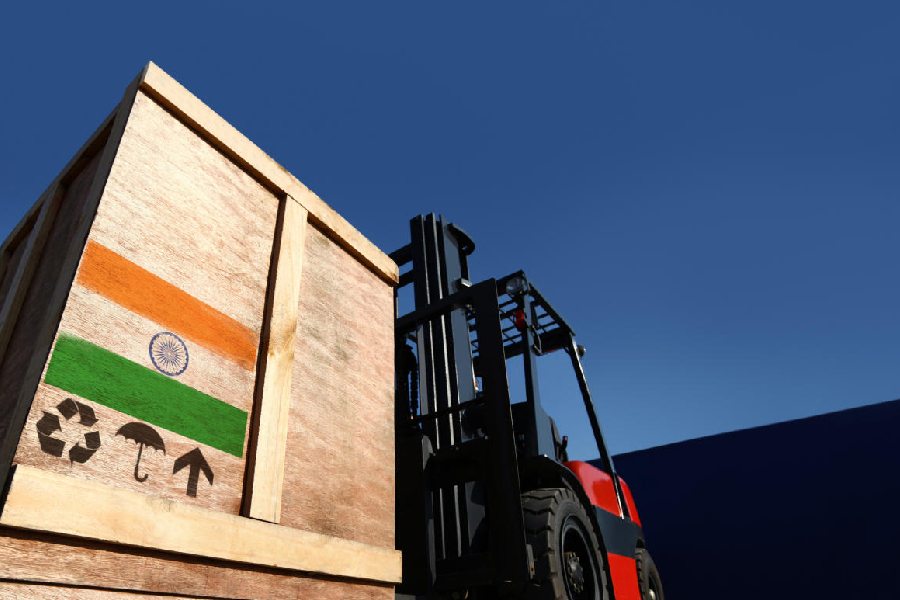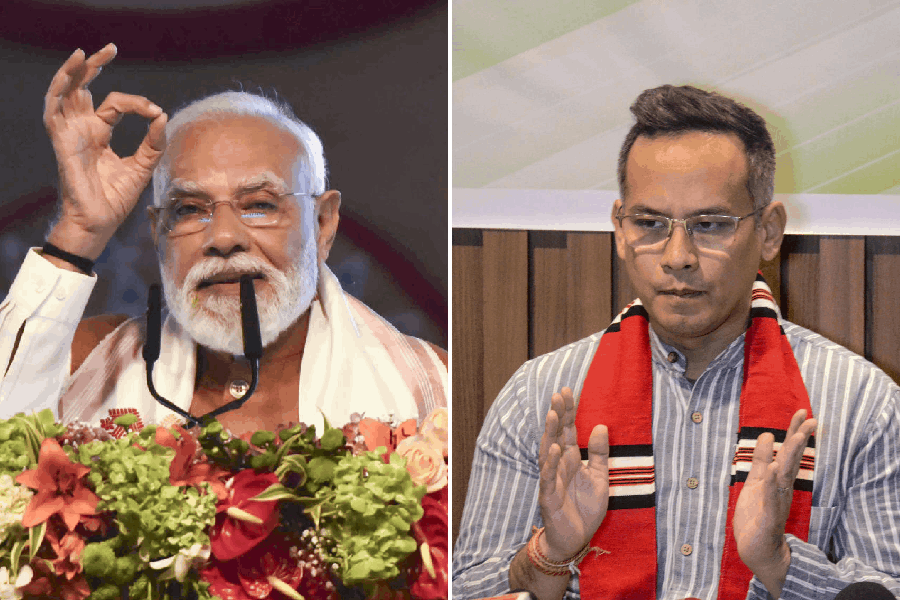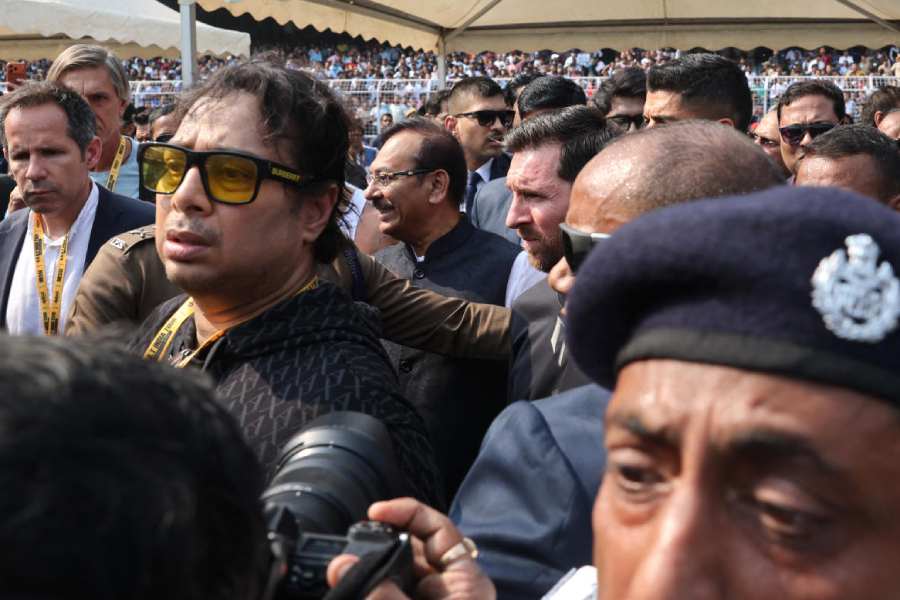India needs to cut import tariffs and make regulatory changes to attract foreign investment in Asia’s third-largest economy, according to a World Bank report released on Friday.
“Relatively high import tariffs, especially on intermediate and capital goods, and significant non-tariff barriers contribute to high trade costs which inhibit greater openness in terms of imports and exports,” said the bank’s Economic Memorandum on India.
India needs to simplify customs procedures, enhance policy predictability in regulations and cut red tape, it added.
US President Donald Trump has repeatedly criticised India’s high import tariffs and the climate for US businesses. In response, India has slashed import tariffs on high-end motorcycles and bourbon whisky.
The Trump administration has announced its plans to impose reciprocal tariffs on all countries that impose duties on US goods.
On Thursday, Trump said his proposed 25 per cent tariffs on Mexican and Canadian goods, as well as an extra 10 per cent duty on Chinese imports, will take effect next week.
Reform speed
India will need to accelerate reforms to achieve an average annual growth rate of 7.8 per cent to become a high-income economy by 2047, the World Bank report said.
To achieve this goal, India would require reforms in the financial sector as well as in the land and labour market, the World Bank said.
Recognising India’s fast pace of growth, averaging 6.3 per cent between 2000 and 2024, the report notes that India’s past achievements provide the foundation for its future ambitions.
“However, reaching the ambitious target of becoming a high-income economy by 2047 will not be possible in a business-as-usual scenario... for India to become a high-income economy by 2047, its GNI (gross national income) per capita would have to increase by nearly 8 times over the current levels; growth would have to accelerate further and to remain high over the next two decades, a feat that few countries have achieved.
“To meet this target, given the less conducive external environment, India would need to not only maintain ongoing initiatives but expand and intensify reforms,” the World Bank report said.











